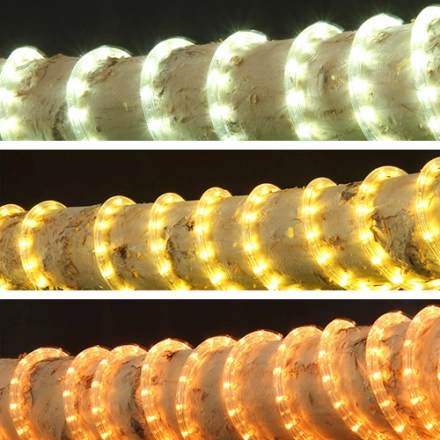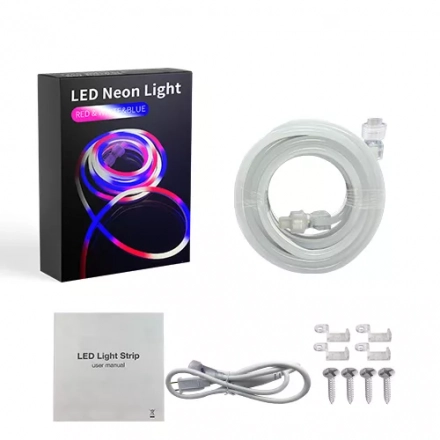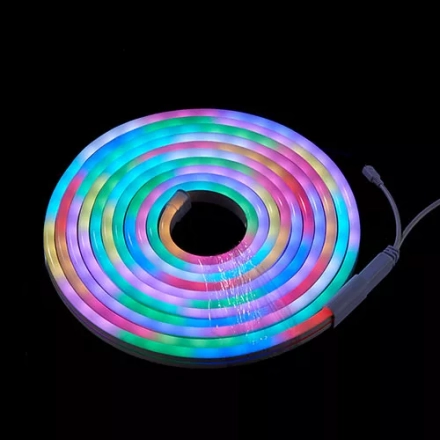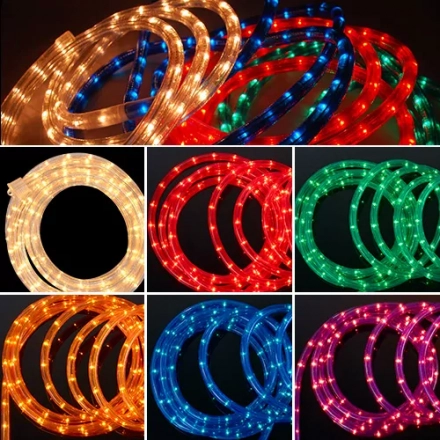Driverless LED Strip: Revolutionizing Lighting Technology
In recent years, the world has witnessed remarkable advancements in the field of technology. From artificial intelligence to renewable energy, innovation continues to shape our lives in countless ways. One such breakthrough that is gaining significant attention is the driverless LED strip. This cutting-edge lighting technology is poised to revolutionize the way we illuminate our surroundings. In this article, we will delve into the concept of driverless LED strips, their advantages, and their potential applications.
Driverless LED strips, also known as smart LED strips, are a groundbreaking development in the lighting industry. Unlike traditional LED strips that require external drivers to regulate power and control functions, driverless LED strips integrate the driver circuitry directly into the strip itself. This compact design eliminates the need for bulky external drivers, simplifying installation and offering greater flexibility in lighting design.
One of the primary advantages of driverless LED strips is their ease of installation. With traditional LED strips, installers need to connect the strip to an external driver, making the setup process more complex and time-consuming. In contrast, driverless LED strips can be directly connected to a power source, reducing installation time and effort. This feature makes them ideal for both professional electricians and DIY enthusiasts, enabling hassle-free lighting projects.
Another key benefit of driverless LED strips is their enhanced durability. By eliminating the external driver, these strips have fewer components that can fail or be damaged. This improved reliability ensures a longer lifespan for the LED strip, reducing maintenance costs and enhancing overall sustainability. Additionally, driverless LED strips often incorporate advanced thermal management systems, allowing them to dissipate heat more efficiently and further increasing their lifespan.
The versatility of driverless LED strips opens up a wide range of applications. These strips can be used for accent lighting in residential settings, creating a cozy ambiance in living spaces or highlighting architectural features. In commercial spaces, driverless LED strips can be employed for task lighting, illuminating work areas and enhancing productivity. Furthermore, their flexibility and ease of installation make them suitable for creative applications, such as backlighting artwork, signage, or displays.






